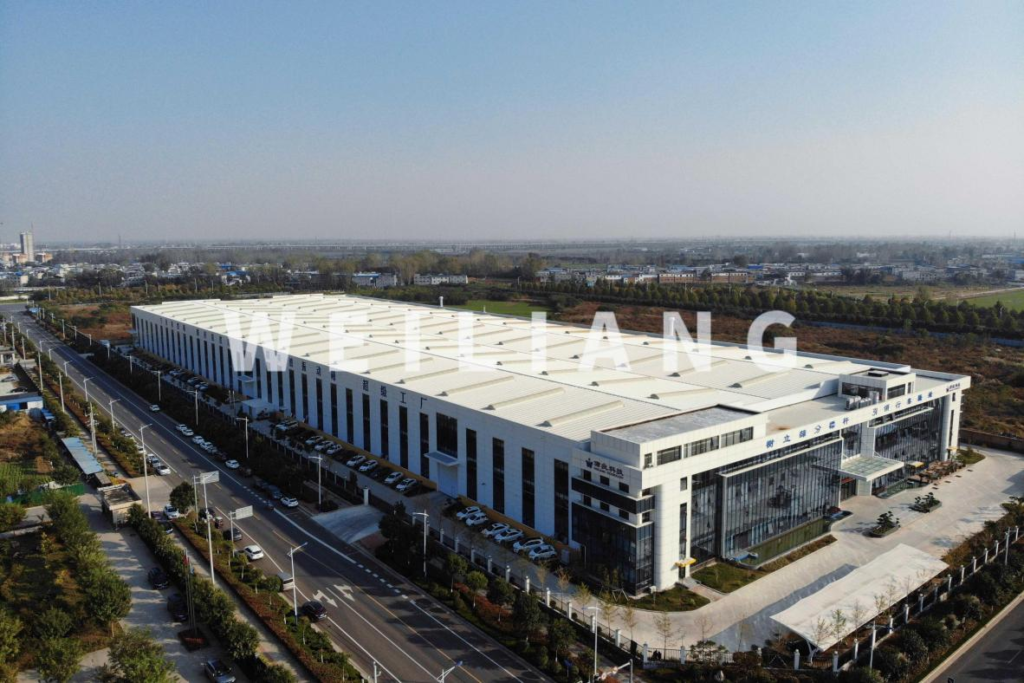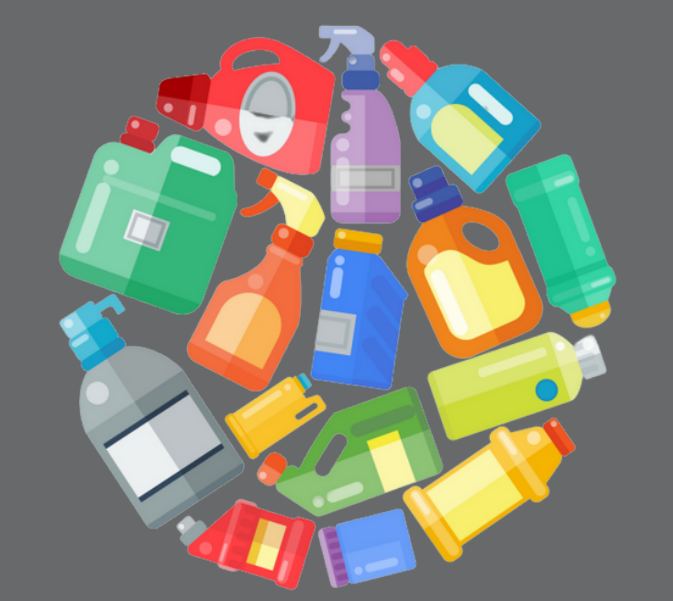
Plastic
Plastics are a wide range of synthetic or semi-synthetic materials that use polymers as their main component. Their malleability makes it possible for plastics to be moulded, extruded or pressed into solid objects of various shapes. This adaptability, together with a wide range of other properties, such as lightness, durability, flexibility and low production costs, has led to its widespread use. Plastics are usually manufactured through human industrial systems. Most modern plastics come from fossil fuel chemicals, such as natural gas or petroleum.
To date, nearly a hundred different plastic materials are known to exist. One important classification of plastics is the degree to which the chemical processes used to make them are reversible or not, which can divided into thermoplastics and thermosetting polymers.In addition, there are three types of plastics by application: general use plastics, engineering plastics and speciality plastics.
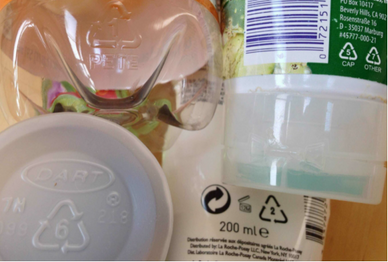
In this article we mainly focus on general use plastics. There are seven types of plastics in common use. If we take a closer look at the bottom of a clear plastic bottle (e.g. plastic bottles for food, washing powder), we will notice a triangular recycling symbol and the numbers 1-7 in it.
Resin Identification Coding (RIC)
The ASTM International Resin Identification Coding System, commonly abbreviated as RIC, is a set of symbols that appear on plastic products to identify the plastic resin used in the product,which divided plastic resins into 7 different categories. It was developed in 1988 by Society of the Plastics Industry (now the Plastics Industry Association) in the US, but since 2008 it has been administered by ASTM International, the international standards organization.
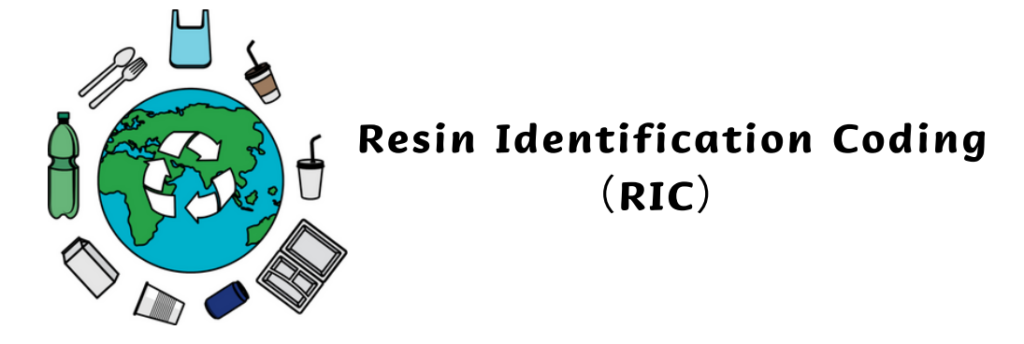
The RIC system was designed to make it easier for workers at materials recovery and recycling facilities to sort and separate items according to their resin type. Plastics must be recycled separately from other similar materials in order to maintain the value of the recovered material and to allow it to be reused in other products once it has been recycled.
The numbers also indicate the general ease and cost effectiveness of recycling, with 1 representing the easiest and 6 and 7 representing very difficult.
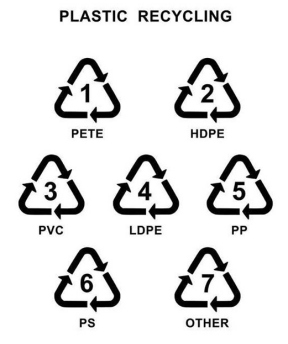
Since its introduction, the RIC has often been used as an indication of recyclability, but the presence of a code on a plastic product does not necessarily mean that it is recyclable, just as the absence of a code indicates that a plastic item is necessarily not recyclable.
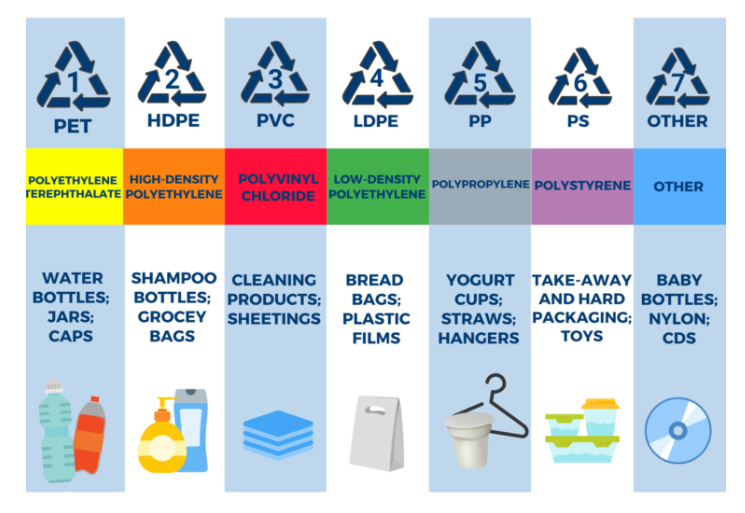
Types of Plastics
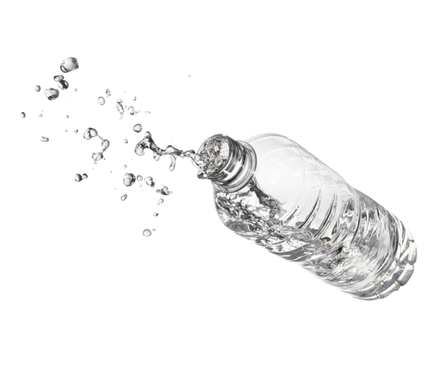
PETE or PET
Polyethylene terephthalate has excellent chemical resistance to organic materials and water and is easily recyclable. It is practically shatterproof with high strength to weight ratio. This plastic material is used in fibres for clothing, containers for food and liquids, glass fibres for engineering resins, carbon nanotubes, and many other products that we use on a daily basis.
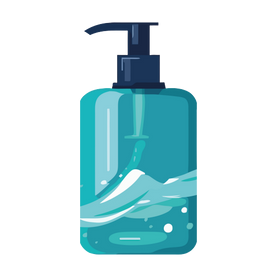
HDPE
High-Density Polyethylene, it is a resistant resin used in the manufacture of food bags, milk jugs, recycling bins, agricultural pipes, but also in playground equipment, lids and shampoo bottles and so on. HDPE is much stronger and ticker than PET because it is made from long unbranched polymer chains. Furthermore, it is relatively hard and resistant to impact and can withstand temperatures of up to 120°C without being affected. In terms of its disposal, HDPE is considered to be one of the easiest plastic polymers to recycle.
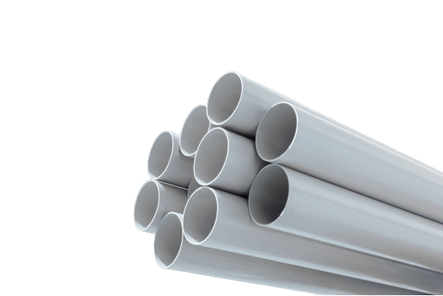
PVC
The third-most produced synthetic plastic polymer, PVC can be manufactured to possess rigid or flexible properties. In its rigid form, PVC is largely used in the building and construction industry to produce door and window profiles and pipes, or non-food packaging, and more. When mixed with the addition of plasticizers such as phthalates, it can be made softer and more flexible and applied to plumbing, wiring, electrical cable insulation, clothing, medical tubing, and other similar products. Although PVC is widely used because of its many advantages, it is still difficult to recycle.
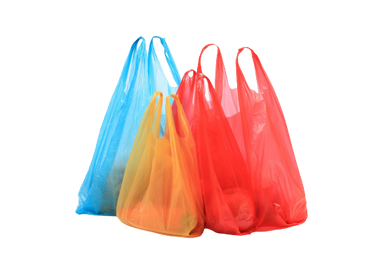
LDPE
In contrast to HDPE, LDPE is characterized by its low molecular density, giving this resin a thinner and more flexible design. It has the simplest structure of all plastics, making it easy and cheap to produce. It is used in plastic bags, various containers, six-pack rings, and dispensing bottles. In addition, the softer, clearer and more flexible HDPE can be used as a liner inside beverage containers and as a corrosion-resistant work surface.

PP
Polypropylene is a thermoplastic polymer and the world’s second-most widely produced commodity synthetic plastic. Hard and sturdy, although PP is stronger than PE, it still retains flexibility. It can withstand high temperatures and will not crack under repeated stress. Durable, flexible, heat resistant, acid resistance, and cheap, PP are widely used in laboratory equipment, car parts, thermal vests, medical devices, yogurt containers, tupperwares and even disposable diapers.

PS
Polystyrene can be solid or foamed. It is a very inexpensive resin per unit weight and easy to create, for these reasons it can be found everywhere: from beverage cups, insulation, packing materials to egg cartons and disposable dinnerware. Better known as Styrofoam, this rigid plastic is low-cost and insulates very well. However, it can easily leach harmful toxins such as styrene (a neurotoxin) that endanger human health, such as when people often microwave the food in disposable takeaway containers. PS is considered the worst type of plastic, because it is considered to be non-biodegradable. In addition, animals may accidentally ingest them as they float on water or blows in the wind due to their light specific gravity. Also, it is not accepted in curbside collection recycling programs.
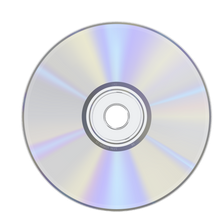
Other types of Plastics
If a plastic cannot be identified in one of the six types listed above, then it will be included in group 7. The best known plastic in this group is polycarbonate (PC), used to make strong, tough products. PC are commonly used for eye protection, in the manufacture of lenses for sunglasses, sports and safety goggles. Also, it can be used to manufacture electronics, CDs/DVDs, lighting fixtures and clear plastic cutlery. However, this type of plastic releases Bisphenol A at high temperatures, a compound that is on the list of potentially environmentally dangerous chemicals. In addition, the decomposition of BPA in landfills does not occur meaning that this chemical will be persistent in the ground and will eventually find its way into water bodies contributing to aquatic pollution. Also, plastic No. 7 is almost never recycled.
Three Methods of Recycling Plastics
Recycling can happen in three different ways, but the steps in common are:
- Collect and separate recyclable materials from the waste.
- Apply one of the three recycling methods to the residue and revert it to raw material.
- Turning raw materials into finished products again.

1. Mechanical Recycling
One of the mostly used methods of recycling worldwide is mechanical recycling, which turning wastes into new materials without changing their chemical structure. This method is used to recycle plastics, paper and glass.
Mechanical recycling involves making plastic wastes useful through processes with grinding, washing, separating, drying, re-granulating, and compounding.
Ideally, this process allows the material to be recycled into the same application, like glass. However, there are other materials, such as plastics, that degrade in quality after being recycled many times. For example, PET bottles are recycled into plastic film. The plastic film is downcycled for use as clothing material (non-food applications) and then downcycled for packaging, a cascade that is usually decreasing in the quality direction (calls cascade recycling). This means that while mechanical recycling can recover large amounts of plastic and give it a second or third life, it will eventually end the life of the plastic when it is not of sufficient quality to carry out another step.
2. Chemical Recycling
Chemical recycling is a recent new technology that promises to take material from any of the cascade steps all the way back to the original, high quality material we had in the first place.
It consists of three steps.
- The first step is pyrolysis, a process in which the polymer is heated in the absence of oxygen. In this process, the polymer breaks down into smaller fractions.
- The second possible process is gasification. It involves heating the polymer, but in this case in the presence of oxygen and water. The end product here is a gaseous mixture known as syngas, which can be used as a chemical feedstock for the chemical industry.
- Finally, depolymerization (only possible for certain types of plastic). This process cuts the polymer into monomers, so the output is not petroleum or gas fractions, but a starting material that is used directly in the production of new plastics.
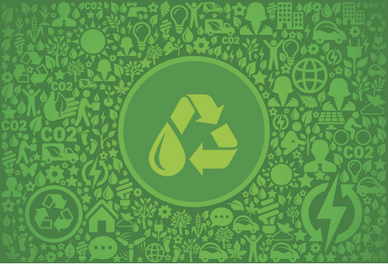
3. Energy Recycling
The third methods is energy recycling. This approach works with plastic waste, involves converting plastic into both thermal and electric energy by leveraging, the heat power released by these materials in the form of fuel through incineration. —Refer to “plastics for change”
Sieving Solutions for Different Types of Plastics
1. S49-Vibrating screen for PET plastics washing line
In the previous section we talked about three methods of recycling, one of the most widely used being mechanical recycling. Mechanical recycling is the process of recovering plastic waste by mechanical processes such as grinding, washing, separating, drying, re-granulating and compounding. It does not change the chemical structure of the material, which permits multiple re-use/re-cycling of polymeric materials, creating a closed loop.
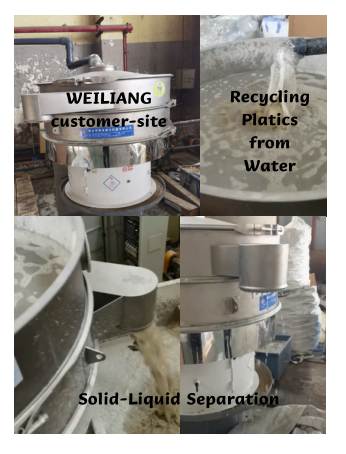
WEILIANG S49 vibrating screen are well suited for the “separation step” also as for “washing”, and have been working at several customer sites. The recovered PET is first crushed into small flakes, which are then washed with water then passed through WEILIANG S49 vibrating screen, in order to separate the water from the flakes as “solid-liquid separation”, the recovered PET flakes will be dried next through a dryer and then re-granulated.
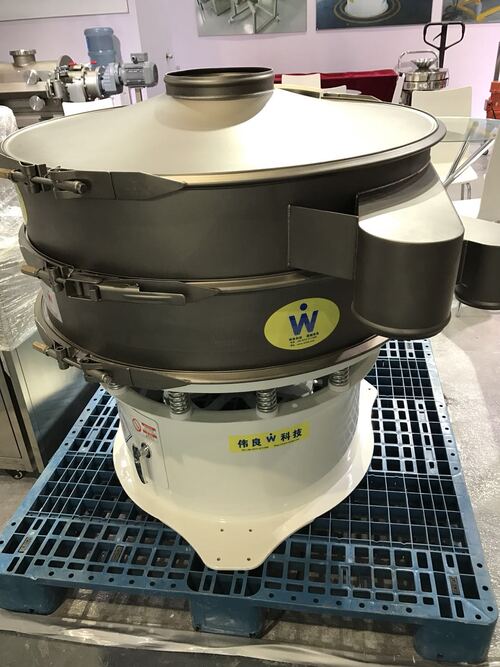
Weiliang S49 vibrating screen is suitable for economical processing and wet screening of almost all bulk materials in the fine, medium and coarse grain range, which widely used in the pharmaceutical, food, fine chemical, mining and recycling industries. The machine is driven by a vibrating motor, which produces horizontal and circular wobbling motion, so that the material moves spirally from the center to the outer peripheral.
2. WEILIANG S49-AQ flow-through vibrating screen for PVC sieving
When processing PVC, it is important to maintain a high quality finished product by safely-checkscreening the powder.
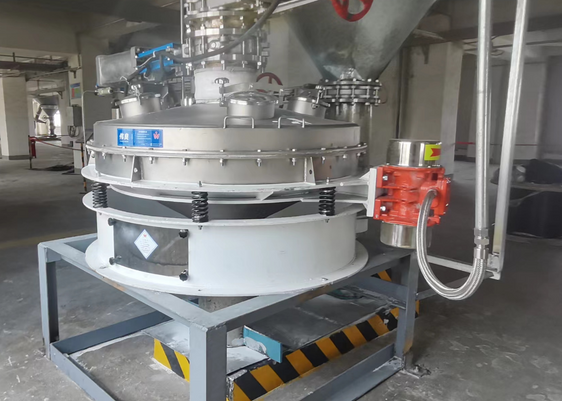
Due to its compact size, the WEILIANG S49-AQ flow-through vibrating screen fits easily into existing production lines and is the ideal solution for removing oversize contamination from dry material while keeping investment costs low. This versatile machine can be easily dismantled for screen cleaning or replacement. This minimizes production downtime and increases throughput capacity.
WEILIANG S49-AQ flow-through vibrating screen is best suitable for safetyscreening of raw materials,in-process screening,inspection screening,impurity removal andmainly for pre-packagingscreening. The inlet and outlet are on the same center line, which helps to reduce the movement of materials in the sifter, thus shortening the screening time and increasing the production capacity. In addition, WEILIANG anti-blinding system can consistently remove blockages and blinding between the mesh to accurately check-screen fine powers without impacting production rates and quality.
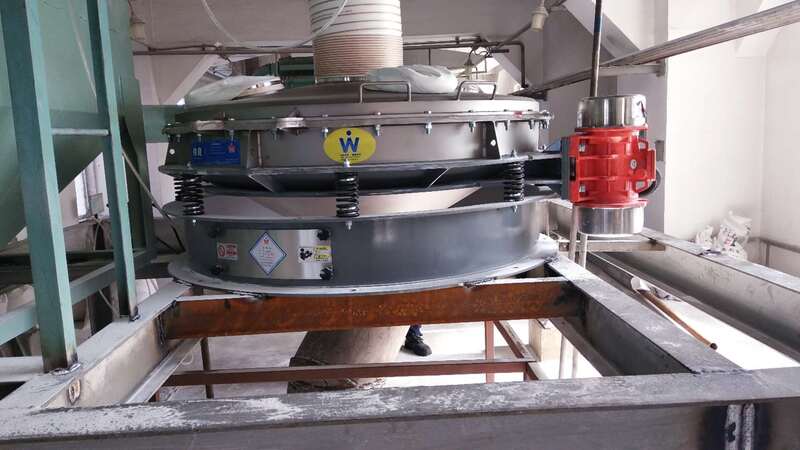
S49 AQ
The need of PVC sieving is as a safety screen before packaging to remove large agglomerates (impurities) from the material to ensure the quality of powder. The models generally chosen are 1200 or 1500 in diameter and have a capacity of 20-40 tonnes per hour depending on the different aperture and the material condition.
3. WEILIANG S49 vibrating screen and SZF linear vibratingscreen for ABS sieving
With regard to the application of sieving machines in the ABS production process, firstly the S49 vibrating screen will filter impurities from liquid ABS in the previous production steps. After the ABS has been turned into solid particles, WEILIANG SZF linear vibrating screen, with one layer in common will be used to classify into two sections.
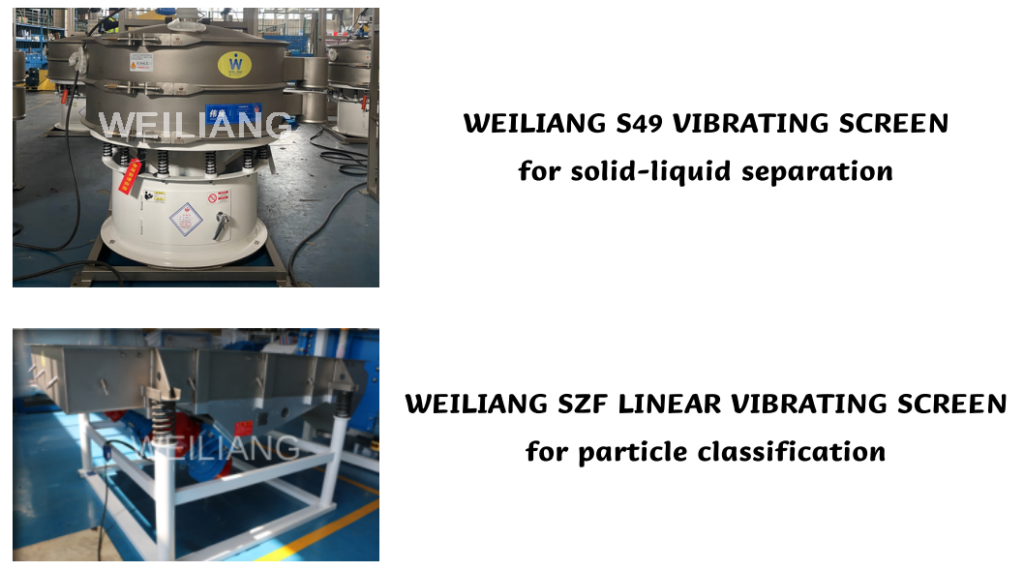
The linear vibrating screen is designed to be driven by dual vibrating motors. When linear vibrating screen is working, two motors in opposite directions rotate synchronously through the coupling to generate a force in the horizontal direction to make the screen box reciprocate and linearly vibrate. The excitation force generated by the eccentric block is offset in the parallel direction of the motor shaft and superimposed in the vertical direction, so the motion is linear. WEILIANG SZF linear vibrating screen is widely used for sieving and classifying particles of different sizes.
Contact us NOW to discuss about your plastics recycling project!

